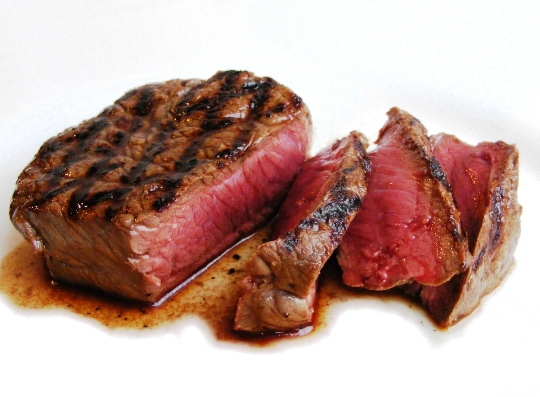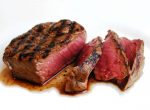We prefer a plain edge over a serrated edge for a few reasons. Plain edges:
- Are easier to sharpen
- Make Cleaner cuts
- Offer more control
- Less likely to snag on loose materials
- Stronger

If a knife can be easily sharpened or touched up in the field, it is much more likely to perform better than a knife that is harder to sharpen. This is mainly because using a sharp knife is always easier. A plain edge slices neatly through the material it is working against. In the instance of our “Tip Leading-Slight Reversed Belly” the material is drawn into the edge and gives the knife the feeling of being sharper than it is. By contrast, a serrated blade tears the material it is trying to cut through; though it does lend itself well sawing type applications (it you require this, we suggest a saw). When you are required to cut through material such as clothing, leather or seatbelts (webbing), a serrate blade has a tendency to grab, or snag. More force is then applied to the knife to free it from the snag. It will then slip/skip to the next grab. This can make it more likely that you will cut yourself or something you didn’t mean to cut; eg. if you had to cutting someone out of their restraints or clothing in an emergency situation. By contrast our plain edge with its “Tip Leading-Slight Reverse Belly” offers the user the ability to easily apply the pressure to the point and to the edge of the knife; this allows for a maximum control.

Every place where there is a valley caused by a serration on a blade is a stress point and a potential point of failure. This is partly due to the reduced cross-section of metal at that point on the blade. Factors that will contribute to the increased weakness are:
- How deep the Serrations are; the deeper they are the greater the weakness
- How pointed/Jagged the pattern; The sharper the point at the bottom of the serration is, the weaker it is.
- Hardness of the steel; The Harder the Steel the more likely they are to break at the serrations.
There are some great designs out there that are serrated and/or partially serrated; our preference is non-serrated and in most applications with a slight reverse belly, and with the tip leading geometry. It is ok for you to disagree with us, not everyone has to be right. *If you are into serrated blades, it is our opinion that Spyderco has some of the best serrations in the business.

